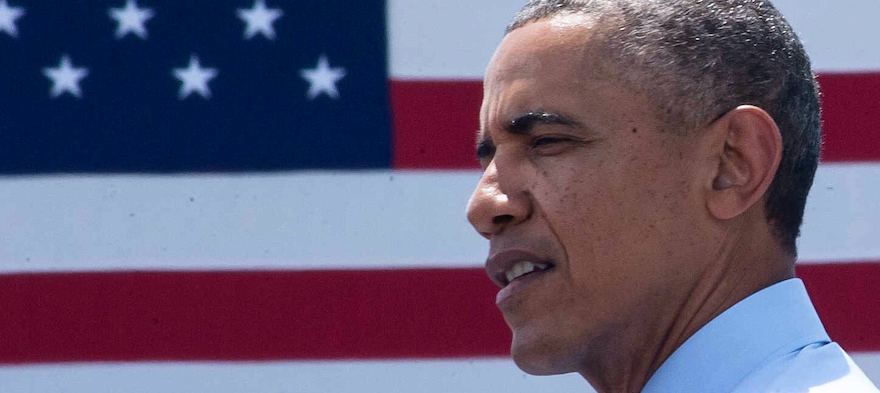
Jan 13, 2016 12:00:00 AM
Obama is following up Tuesday night’s State of the Union address — his last — with a quick trip to Omaha to chat about “the progress we’ve made and how we can continue taking action in the next year to help hardworking Americans get ahead.” Nebraska’s low unemployment rate is just one reason why the White House thinks that the city makes a great backdrop for that conversation.The president’s conversation regarding low unemployment should consider why Omaha has one of the worst black unemployment rates in the nation. In his ongoing efforts to address and reduce gun violence nationwide, President Obama also has an opportunity to address the violence plaguing Omaha: In 2011, Nebraska had the worst black homicide rate in the nation. There were 37 homicides in Omaha that year. In 2015, there were 50 homicides, the most in recorded history. Police speculate that at least half of the murders in Omaha are gang related. Black men make up a disproportionate percentage of gang members as well as incarcerated individuals, including juveniles in the criminal justice system. Gang members rarely graduate from high school. Of all juveniles entering into the court system, 85 percent are functionally illiterate. The same can be said for 60 percent of all prison inmates. Inmates have a 16 percent chance of returning to prison if they receive literacy help, as opposed to 70 percent for those who received no help. Therefore, to adequately address gun violence, juvenile justice and over-incarceration, the president must also address black student outcomes in Nebraska. Though Nebraska has the second highest high school graduation rate in the country, according to the Schott Foundation for Public Education, Nebraska has the second worst graduation rate for black males (50 percent) and the largest black-white graduation gap in the nation. In 2013, black students in Nebraska performed worse on the National Assessment for Educational Progress in math than did black eighth-graders in any other state. Many schools in North Omaha have a combined math and reading proficiency rate below 20 percent. As a longtime champion of K-12 education reform, the president supports opening the doors to, and sustaining, high-performing public charter schools. The president’s courage to fight for such reforms has positively impacted children’s lives across the nation. Students, and students of color in particular, have been the benefactors. The president took such issues head-on before many in his party were willing to do so. Given his record of putting students first, despite the political risk, the president should not waste an opportunity to do the same in Omaha. If you are white, perhaps Omaha is the best place to live in the country: jobs are plentiful, neighborhoods are safe and high-quality schools are abundant, as is the opportunity to choose amongst them. But Omaha may be the worst place in America to be black: High-paying jobs are scarce, violence is rampant and the neighborhood schools are failing. The cause for such disparities may be complicated, but the opportunity for the president to address them is not.
Katie Linehan in the Deputy Communications Director for the American Federation for Children, an educational choice advocacy organization, and has been involved in multiple initiatives to expand school choice to her home state of Nebraska. She spent more than a decade working with underserved youth, primarily in North and South Omaha, and as a middle school teacher at Success Academy Charter School in Harlem, New York City. Katie has been an advocate for meaningful education reform in Nebraska since 2010, launching multiple initiatives with that aim. Her other experience includes politics, law, living and working on three different continents, and volunteering with the Benson Area Refugee Task Force, Big Brothers Big Sisters, Girls Inc. of Omaha, and the Lincoln Humane Society. Katie earned her bachelor’s degree from Loyola University New Orleans and her law degree from the University of Nebraska College of Law.
The story you tell yourself about your own math ability tends to become true. This isn’t some Oprah aphorism about attracting what you want from the universe. Well, I guess it kind of is, but...
If you have a child with disabilities, you’re not alone: According to the latest data, over 7 million American schoolchildren — 14% of all students ages 3-21 — are classified as eligible for special...
The fight for educational equity has never been just about schools. The real North Star for this work is providing opportunities for each child to thrive into adulthood. This means that our advocacy...
Your donations support the voices who challenge decision makers to provide the learning opportunities all children need to thrive.
Ed Post is the flagship website platform of brightbeam, a 501(c3) network of education activists and influencers demanding a better education and a brighter future for every child.
© 2020–2024 brightbeam. All rights reserved.
Leave a Comment